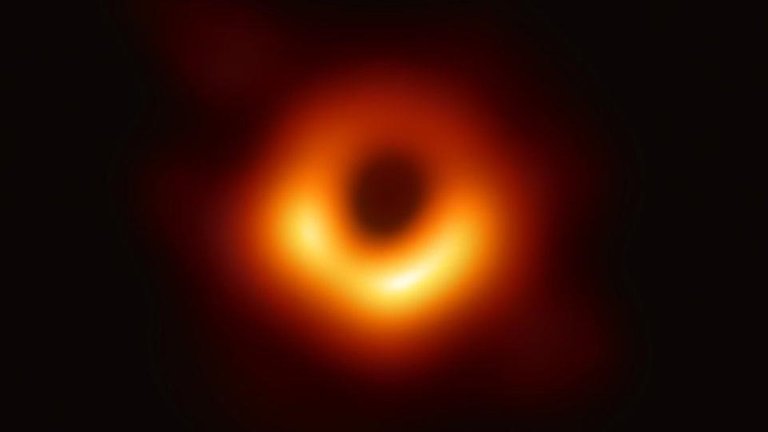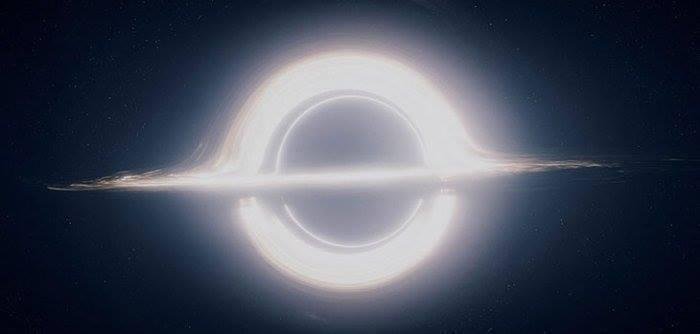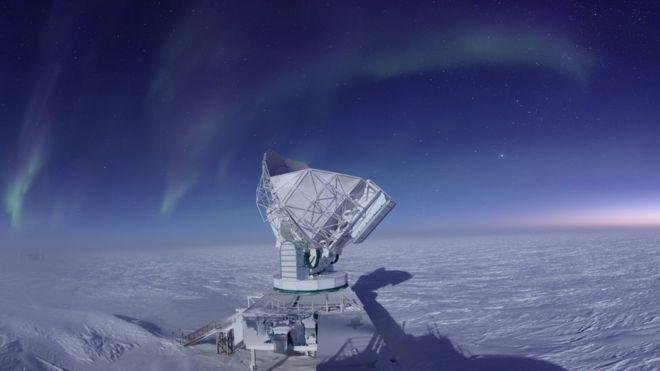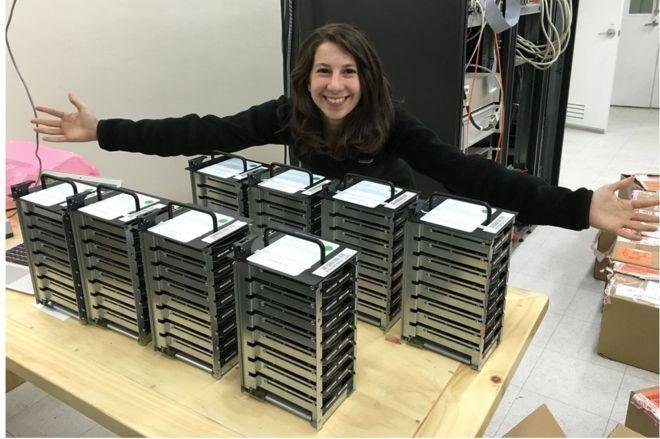The first time a black hole was taken
This is the first time a black hole or black hole has been photographed. The film was released yesterday, April 7, after two years of relentless data collection and observation.
The black hole, however, is an invisible object, because light cannot come out of its gravitational force. We will not see it unless the light comes on. But there is a limit to that. After a certain distance from the center, the effect of gravity is low enough that light may emit from the surface and hence it can be seen. This minimal surface is called Event Horizon. Basically, we only see pictures of Event Horizon on April 1st.
Previously a black hole image was created by simulating the computer and in that case a black hole was shown in the interstellar movie. The current original image is very close to that simulation.
The actual picture or image of the black hole
black hole shown in the black hole interstellar image created by the simulation on the computer.
This black hole is located in the center of the galaxy in Vergo called M87. It is 1.5 million light years away from the Earth. The diameter of the galaxy is 4,000 light years. For the sake of information, the galaxy of our Milky Way galaxy is 5 million light years.
The ring around the black hole in the picture looks unevenly arranged. This is because the black hole's strong gravity turns the light around. As a result, the part of the rotating black hole that comes to us looks bright and the part that shifts away from us.
The mass of the black hole. Think of our sun. The black hole is 3 billion times heavier than our sun! This whole mass is in a point like a compressed mass.
The dream of photographing the black hole is by Heino Falke, a professor at Radboud University in the Netherlands. This idea came to his mind when he was a Ph.D. At that time, no one thought it was possible to take a black hole. He was the first to realize that some radio radiation emitted from the vicinity of the Black Hole, which is sufficient to detect the Earth through a telescope. Moreover, in a study published in Volume 3, he found that the black hole looks two and a half times larger than its actual size due to the force of gravity.
With these two issues in mind, Professor Falk became optimistic about identifying the black hole. After 20 years of arguing, he was finally able to persuade the European Research Council to allocate funds for the detection of black holes. Other science foundations and agencies in Asia later joined. Its total allocation reaches 1 million pounds.
A single telescope wasn't enough to take a picture of a black hole. That is why a network of eight telescopes spread across various parts of the world was used, led by Shepherd Doyleman, professor at the Harvard-Smithsonian Center of Astrophysics. To avoid air pollution, these telescopes are mounted on top of the mountain, high above the surface. These include volcanoes in Hawaii and Mexico, mountains in Arizona, the Sierra Nevada in Spain, the Atacama desert in Chile and Antarctica. The name of this telescope network is the Event Horizon Telescope.
A radio telescope used to photograph a black hole
After zooming in for a long period of two years, a team of 20 scientists looked at the telescope's network at the center of the M87 galaxy and collected signals for 7 days. This information is so vast that it could not be transmitted over the Internet, but the data was collected on a hard disk and sent to central processing centers in Boston, USA, and Germany. After analyzing the data there, the picture of the black hole is exposed
Hard disk used to store data
This team of researchers is also trying to photograph the supermassive black hole of our own galaxy Milky Way center. However, despite being so close to the black hole, the brightness of the surrounding light is relatively low.
Writer...
@sahariar755




